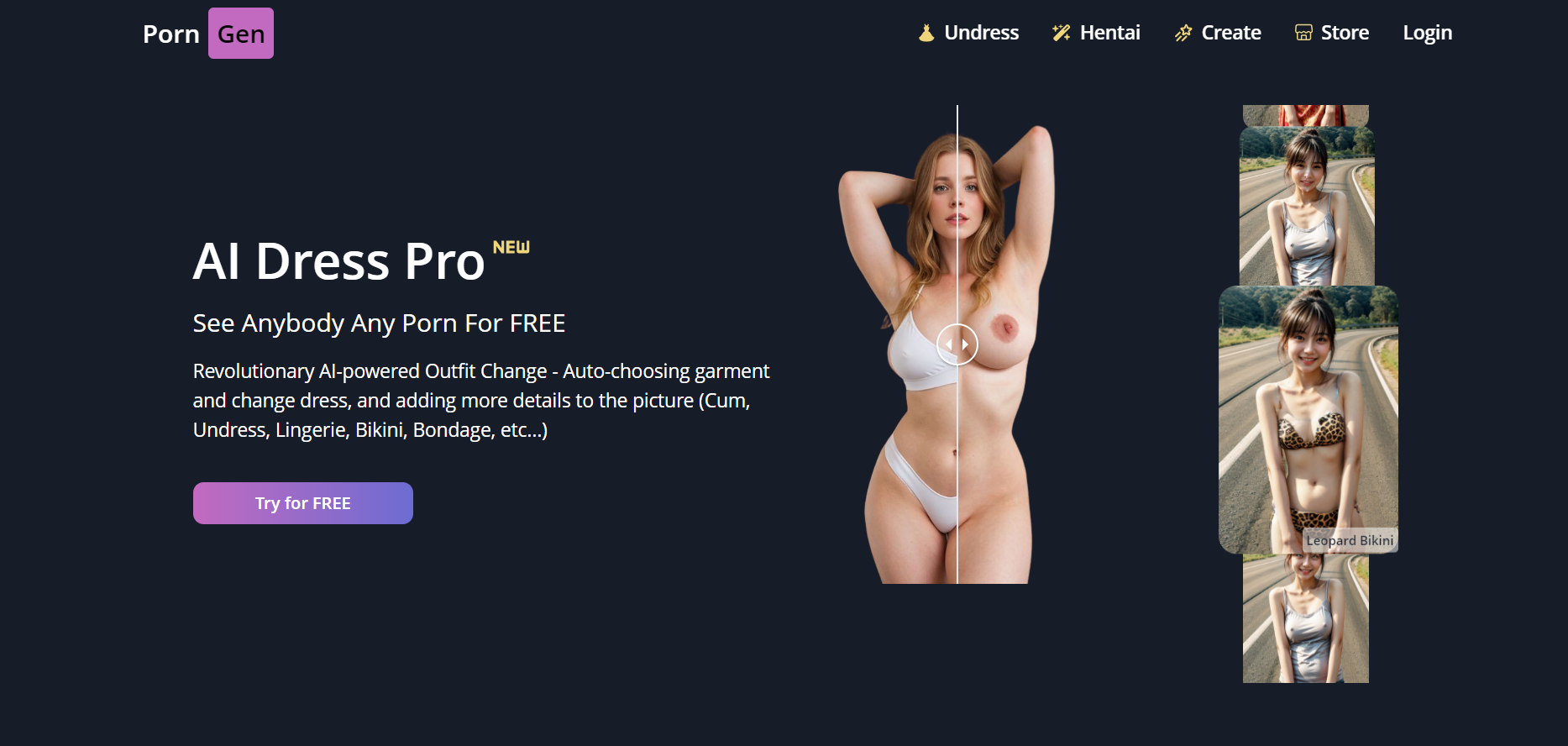The world around us is changing, with technology right at the center, driving the change. One piece of tech that is currently making the rave is deepfakes. In 2019, a video that featured Mark Zuckerberg claiming he has complete control over the stolen data of billions of people started making rounds online. Likewise, another video of Morgan Freeman questioning reality. Although both videos turned out fake – AI deepfakes, it shows how far we’ve come.
What is Deepfake Technology?
Deepfake is a combination of two words – deep learning and fake. It is a fusion of artificial intelligence and machine learning and uses Generative Adversarial Network (GAN) architecture and AI Neural networks to reconstruct inputs from a simpler representation. In other words, two AI algorithms battle each other. One GAN creates a fake image, while the other tries to detect if the image is manipulated or not. They both repeat the process until the latter cannot differentiate between false and real information.
Deepfake technology uses images, audio clips, and videos to create fake videos, audio, or images that look real. As a result, they often feature individuals in situations that never happened. The technology can even create a replica of original content and make it realistic.

